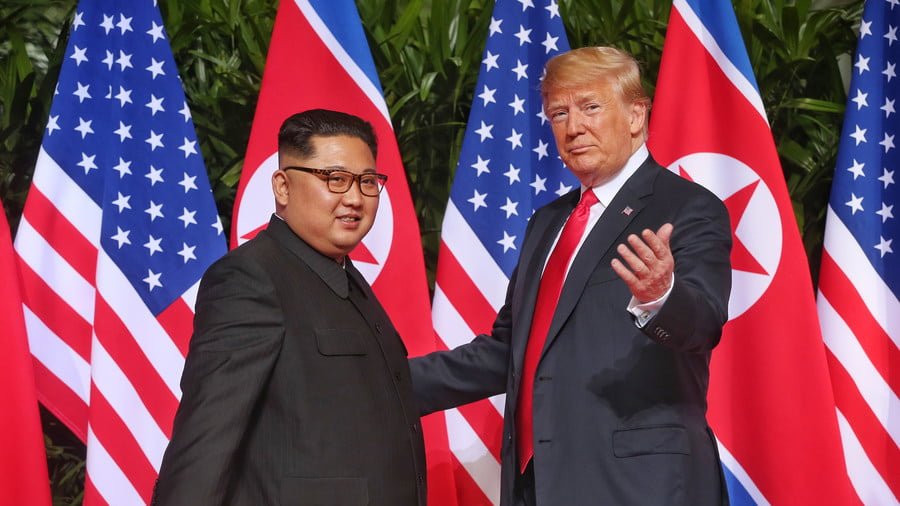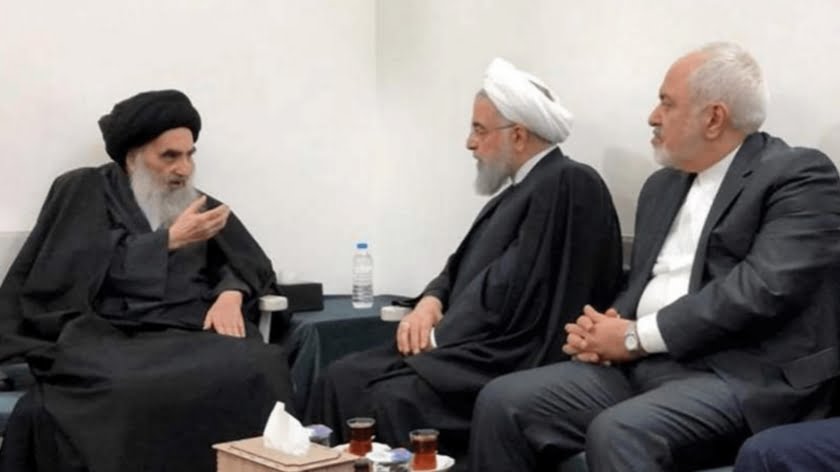The Decomposing Corpse of NATO
The UK’s Guardian newspaper is rarely supportive of those who like and advocate war, but it is an equitable publication and its strictures on the chaos in Afghanistan have been measured and balanced, as have its comments on the situation in the Korean Peninsula. It was even-handed about the US-NATO aerial blitz on Libya in a campaign that was ostensibly to protect the Libyan people but had more to do with the fact that the Libyan leader, Gaddafi, wouldn’t play ball with the oil cartels.
The general message from the Guardian is that drum-banging war-loonies are a menace to the world and there are better ways to solve international problems than reaching robotically for the bombing option.
This sensible approach makes it all the more surprising that the Guardian gave its front page on September 9 to headlining a lengthy exclusive interview with the secretary-general of the US-NATO alliance, Jens Stoltenberg, whose mission is to justify at any expense the existence and expansion of that military consortium. For example, he lauds NATO’s futile foray into Afghanistan which involved troops from 24 of its 29 countries (Bulgaria, Croatia, Greece and Luxembourg wisely stayed out of it, and Iceland doesn’t have an army). The armed forces of these 24 nations have suffered over 3,000 killed in the hostile wilderness of Central Asia.
As observed by Canada’s Chief of Defence Staff, General Rick Hillier, NATO in Afghanistan “started down a road that destroyed much of its credibility and in the end eroded support for the mission in every nation in the alliance . . . Afghanistan has revealed that NATO has reached the stage where it is a corpse decomposing.” But Stoltenberg continues to fight for its existence and managed to persuade Trump that his initial penetrating assessment that the alliance is ‘obsolete’ has suddenly and for absolutely no reason become obsolete.
Stoltenberg now “warns of converging threats as Russia mobilises estimated 100,000 troops on EU’s borders,” and complained that “Russia has not opened any exercise to open observation since the end of the cold war”.
But then there’s a bit of qualification about the figure of ‘100,000 troops.’ Further down the page it says “An estimated 100,000 soldiers, security personnel and civilian officials, will be active around the Baltic Sea, western Russia, Belarus and the Russian exclave of Kaliningrad, without the supervision required under international agreement.” This is based on the statement that “some Baltic states estimate that about 100,000 Russian troops will be involved in this year’s exercise and Poland claims the Kremlin has requisitioned more than 4,000 train carriages to move military personnel west.”
It is notable that the Baltic States of Estonia, Latvia and Lithuania had a total of fourteen soldiers killed in NATO operations in Afghanistan, and Poland lost forty, but cooperation continues, and Newsweek reported that in May-June the US-NATO alliance conducted “Baltic Operations (BALTOPS) which gathered 55 aircraft, 50 ships and submarines and about 4,000 personnel from 14 nations, mostly members of NATO, to rehearse military manoeuvres in the strategic European region.”
Russia states there are fewer that 13,000 troops taking part in its exercise, which is the figure over which it is internationally agreed that “supervision” — in fact, simply visits to an exercise area by a handful of military observers — should take place. What is not explained by Stoltenberg or the western media is that there are indeed fewer than 13,000 armed soldiers involved in the exercise itself — while, along the lines of communication, and in the rear areas and bases far from the exercise area there are many support elements whose commitment involves large numbers of non-combat soldiers and civilians. The proportional relation of fighting to support troops can be as much as one to ten, when all the cooks and drivers and road-menders and rear area support personnel are counted.
As the Harvard Business Review explains, “In a war zone, some soldiers fight on the front lines. Others maintain supply chains, handle logistics, and otherwise support those front-line troops. Military commanders know they can’t let the tooth-to-tail (or combat-to-support) ratio get too low, or they’ll wind up with a force that costs too much and can’t win the battle.”
While the US army now uses ‘contractors’ to perform support duties, and their numbers are excluded from any officially admitted ratio involving fighting troops, many other armies rely on uniformed support personnel and therefore have a high tooth to tail ratio. As Time magazine put it, “During the Iraq War, the proportion of [US] combat soldiers to support troops–what is known as the “Tooth to Tail Ratio” — was at least three support troops for every combat soldier (some studies put the ratio of support soldiers to those who regularly fought and patrolled at seven to one).”
So there is a certain amount of credibility in the claim that there are lots of people involved in Exercise Zapad 2017, but for Stoltenberg to claim that “Russia mobilises estimated 100,000 troops on EU’s borders” is spurious claptrap. ‘Mobilisation’ means the ‘act of assembling and putting into readiness for war or other emergency.’ And Russia’s Exercise Zapad — which the US-NATO alliance is well aware is held every four years — is quite obviously not any where in that league. Stoltenberg and his public relations empire realise that the public doesn’t know all the details, and they make sure that things stay that way. (Their use of the phrase “EU’s borders” is really quite clever, propaganda-wise.)
The US-NATO propaganda organisation in Brussels is known as the Public Diplomacy Division and is described by one of its members as “a diverse division of nearly 100 people working in a fast-paced and complex environment, serving a wide variety of stakeholders.” It doesn’t let the taxpayers of its member countries know the salaries of its officials — see this advertisement in The Economist for a “Director, NATO Information Office Moscow, Russia . . . Salary not disclosed” — but they are part of the Civil Budget for 2017, which comes to an impressive € 234.4 million ($280 million), which is not part of the annual Military Budget of € 1.29 billion (1.5 billion US dollars), or just a tiny bit less than the cost of the new NATO Headquarters palace in Brussels that attracted Trump’s derision.
Then “Stoltenberg said Nato had always offered up its exercises to scrutiny,” while “Russia has not opened any exercise to open observation since the end of the cold war”, which is a devious play with words. The Wall Street Journal had already reported that “The North Atlantic Treaty Organization announced Wednesday [30 August] it would send three observers to Russia’s Zapad military exercise but said the invitation fell short of Moscow’s international obligations.”
If Stoltenberg thinks for a fraction of a second that any country in the world is going to permit a foreigner — any foreigner at all, even an ally — to be present when, for example, new weapons or series of tactics are tried out, then he is a fool. And he’s not a fool : just devious, and intent on staying on the front pages of Western newspapers and scaremongering about Russia in an energetic and all too successful campaign to expand the obsolete US-NATO alliance. Canada’s military chief had it right when he said that “NATO has reached the stage where it is a corpse decomposing” — but the stink is expensive and dangerous.
By Brian Cloughley
Source: Strategic Culture







